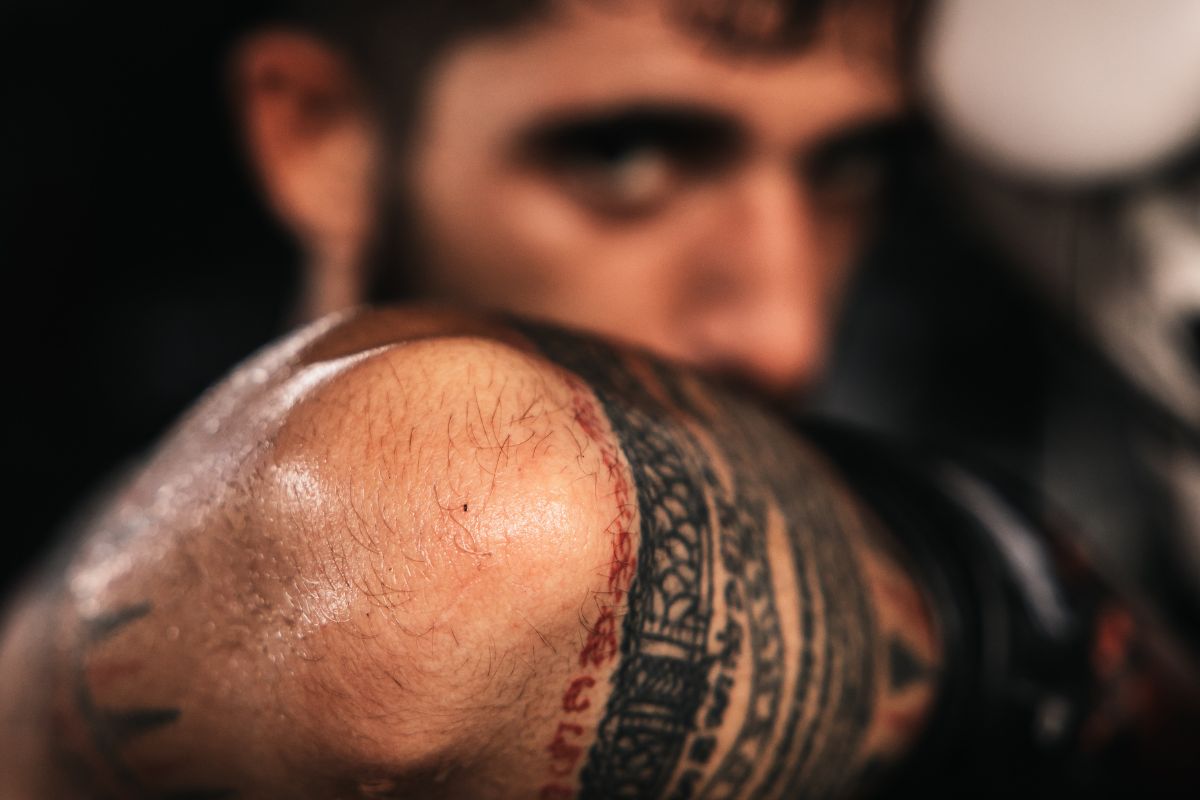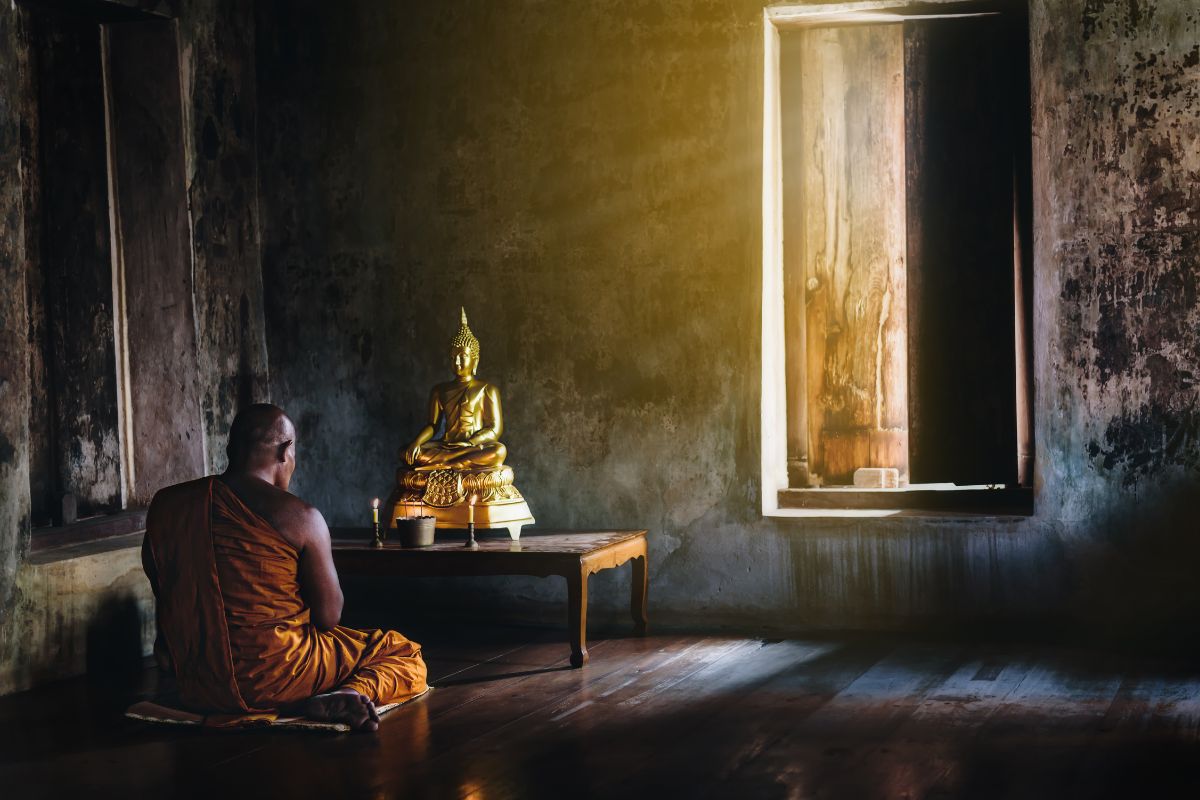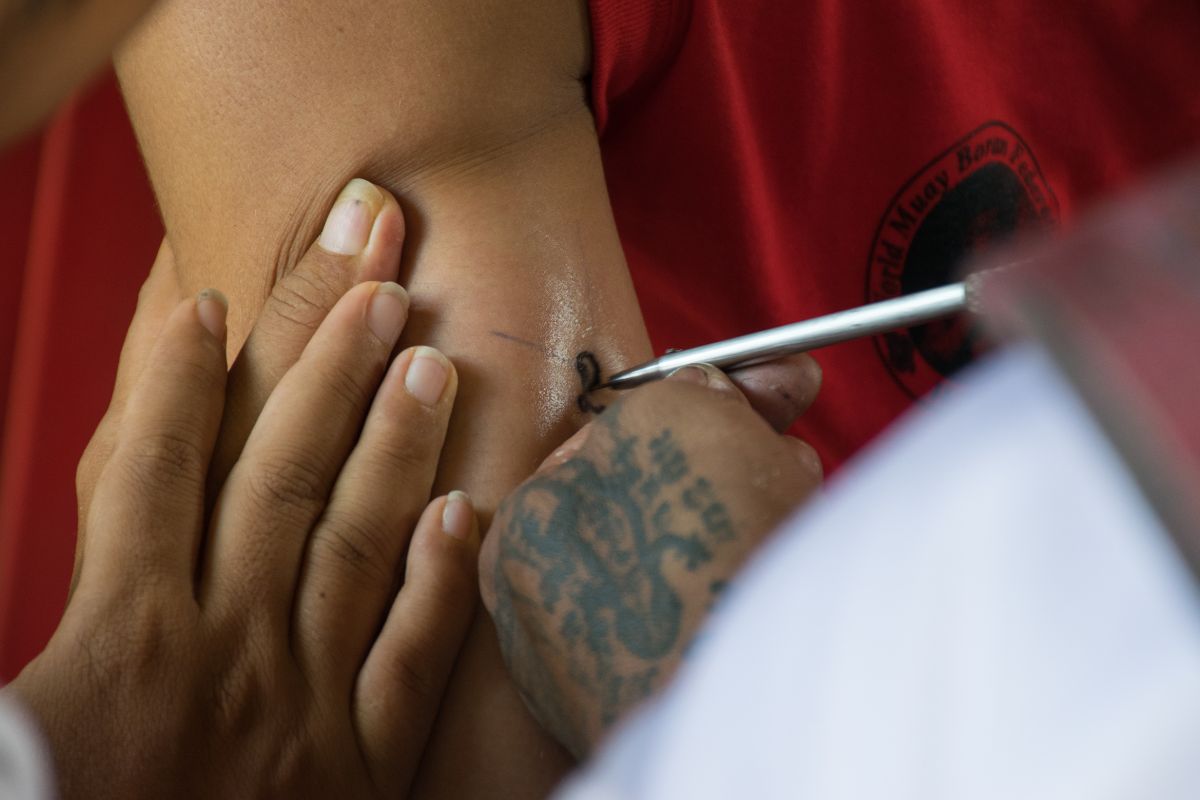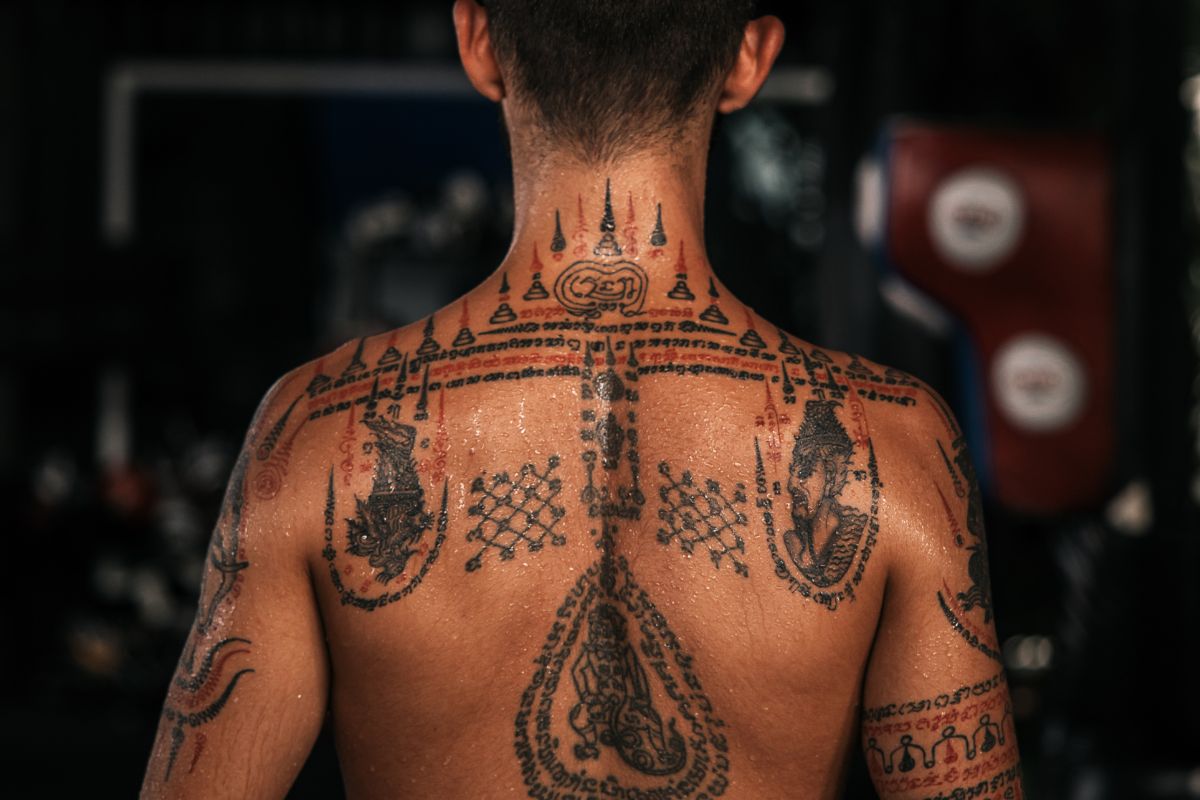Sak Yant Tattoos and Their Mistic Connection to Muay Thai
In the heartland of Thailand, among the peaceful temples and bustling cities, lies a centuries-old tradition that weaves together spirituality, artistry, and martial arts. This tradition is known as Sak Yant tattoos, which transcend mere body art to embody a fusion of culture, mysticism, and resilience.
The Power of Sak Yant Tattoos Meaning
Sak Yant, literally "tattoo yantra," encompasses a world of symbolism and belief. These intricate tattoos are believed to hold the power to grant protection, confer strength, and lead to good fortune. The magic within each Sak Yant lies in its yantra, a sacred geometrical design that carries the essence of its purpose. Imagine a cryptic code etched onto your skin, a potent charm that acts as shield and sword in life's battlefield.
The Relation to Muay Thai

The charisma of Sak Yant extends far beyond aesthetics. These tattoos find a profound connection in the heart of Muay Thai, Thailand's revered martial art. Muay Thai practitioners, both native and foreign, are drawn to the mysticism of Sak Yant. For them, these tattoos aren't just a display of ink but a conduit to something deeper—a spiritual armour.
When a Muay Thai fighter adorned with Sak Yant tattoos enters the ring, the intricate designs on his body tell stories of strength, perseverance, and the undying spirit of a warrior. With each strike and block, they channel the power of their tattoos, believing that the inked yantras provide protection and an unwavering courage. It's a mesmerizing combination of physical and spiritual prowess, where body art becomes a source of strength.
The Guardians of Tradition
Who are the artisans behind these mystical creations? Sak Yant tattoos are masterfully crafted by monks or arjans, individuals who've dedicated years to the study of this ancient art. Bearing their sacred code, monks offer Sak Yant services on a donation basis, emphasizing spirituality over profit. Wat Bang Phra, a renowned temple located in the Nakhon Pathom province, is a hub for seekers of Sak Yant blessings.

Arjans, in contrast, may charge for their services. While price quotes can vary widely, remember that quality doesn't always correlate with cost. Extensive research is key to finding a reputable artist who respects the tradition and your pocket.
The customs surrounding Sak Yant go beyond the artistry of tattooing though. When you step into the sacred space of a monk or an arjan, you enter a realm of utmost respect and reverence. Never point the bottom of your feet towards the monk, the arjan, or any of their religious statues. It's a gesture considered deeply disrespectful in Thai culture. Instead, the safest practice is to sit with your legs crossed on top of each other when you're on the floor. And if, during the process, you need to assume a different position, remain vigilant about where your feet are directed.
Sak Yant Designs and Placement
Furthermore, the choice of tattoo and its placement often lies in the hands of the monk. Guided by their intuition and spiritual wisdom, they may select a Sak Yant that they believe you need the most. However, in some instances, you might have the privilege of choosing both the design and its location on your body. It's a fine line between tradition and personal preference. To be noted that some locations may refrain from tattooing below the hip, especially depictions of deities, so it's advisable to inquire in advance. This way, you ensure a harmonious experience respecting sacred traditions and your choices.

The Pain and the Healing
A common question that echoes through the halls of Sak Yant studios is, "How painful is it?" The answer is as varied as the intricate designs themselves. The sensation ranges from intense discomfort to mild irritation, depending on the individual and the tattoo's placement. Bony regions, like the chest or ribcage, tend to be more painful, while the arms and legs often endure less agony.
What's fascinating is the speediness of the process and the rapid healing. Unlike conventional tattoos, Sak Yant tattoos allow individuals to return to their daily activities within a day or two. It's as if the mystical ink accelerates the body's natural healing.
The Sacred Technique
Sak Yant tattoos are embodiments of tradition, and the authentic way to receive them is with a stick, a traditional method that carries profound significance. Monks and arjans, steeped in years of knowledge, believe that this manual technique permeates the tattoos with the blessings and magic they hold. The metal needle rods are often passed down from one artisan to another, like a torch-carrying the ancient flame.
A stern warning: never opt for an electric tattoo gun when seeking a Sak Yant. The belief is that these machines lack the spiritual connection and can even attract bad luck. Patience is key; if you're going to do it, do it right and respect the rich cultural heritage it represents.
Sak Yant Tattoo Rules: Post-care
After receiving a Sak Yant, be prepared for unique post-tattoo rules. These guidelines vary, ranging from dietary restrictions to behavioral suggestions. However, they all converge on the foundation of leading an honest and compassionate life, in harmony with Buddhist principles.
Caring for Your Sak Yant
Like any tattoo, a fresh Sak Yant requires proper care. Moisturize it diligently, and consider using coconut oil, a readily available option in Thailand. This simple action not only aids in the healing process but also symbolizes the reverence you hold for your newfound source of strength.
Thai Sak Yant Tattoos
In the realm of Sak Yant tattoos, every stroke of ink tells a story, and every yantra etches a promise. It's a world where the physical and spiritual converge, the past merges seamlessly with the present, and art transcends mere aesthetics to embody tradition and resilience.
So, if you happen to be in Thailand, among its ancient temples and the echoes of Muay Thai fighters, consider exploring the mystical world of Sak Yant tattoos. You might just discover that these inked yantras hold the power to transform not just your skin, but your very essence.

